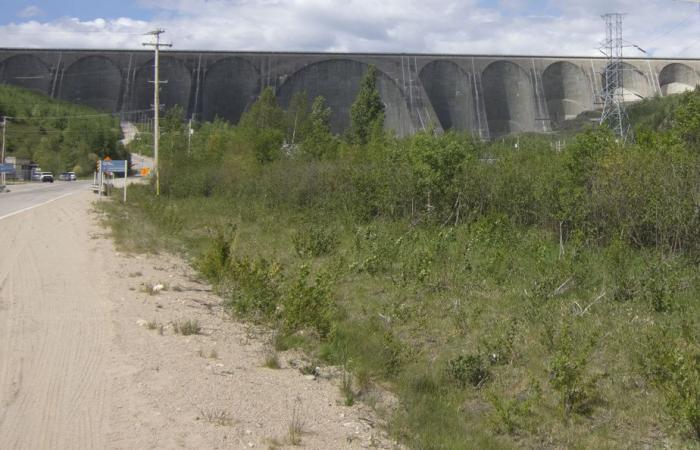Canada, one of the world’s leading producers of hydroelectricity, is facing a “combination” of “extreme” weather episodes linked to climate change that have recently affected its production and threaten the very structure of its dams, according to several experts .
Posted at 7:34 a.m.
Mathiew LEISER
Agence France-Presse
In recent years, a prolonged drought in the three main producing provinces – Quebec, British Columbia and Manitoba – has caused production to fall.
The country, which derives more than 60% of its energy from hydroelectricity, has therefore had to restrict its exports to the United States, which have reached their lowest level in 14 years, according to a recent report from the federal statistics agency. .
And the roles even reversed when Canada was forced to import energy from the United States for three consecutive months in early 2024, a first in eight years.
This downward trend also affects other main world producers (China, Turkey, United States), the year 2023 having been marked by a “record global decline” according to the International Energy Agency.
From the height of its 214 meters, the Daniel-Johnson dam, this behemoth of northern Quebec, Canada’s main producing province, has not seen the level of its reservoir increase for a year.
“In recent years, we have broken records,” recognizes Pierre-Marc Rondeau who works for Hydro-Québec, referring to the low levels of certain reservoirs.
The engineer recognizes that the company is “starting to feel” the effects of climate change, so “we are adapting our ways of exploiting the reservoirs currently to be ready at any time” in the event of a flash flood or drought.
This requires much greater corporate planning on basin management.
However, the lack of water caused the state-owned company’s profits to fall by 30% for the first nine months of 2024, according to results released Tuesday. Hydro-Québec has therefore had to restrict its exports in order to regulate its energy stocks and meet local demand in 2023 and 2024.
A shortfall for the company which recently built new transmission lines and signed long-term contracts with customers in Massachusetts and New York.
The danger of flash floods
For Eloïse Edom, researcher at the Trottier Energy Institute at Polytechnique Montréal, dams also face a completely different problem: the increase in flash floods in the coming decades.
“Before, we saw a flood every 100 years, today, we sometimes have the phenomenon twice in ten years,” underlines the expert.
Quebec and Ontario have recently experienced sudden precipitation worthy of “tropical regions,” adds Philippe Gachon, professor of hydroclimatology at the University of Quebec in Montreal (UQAM).
The hydrological cycle “is changing”, notes the expert who expects to see “volumes of water that we have never seen” since the dams were built.
Faced with this observation, a group of researchers is in the process of developing “new guidelines” after an analysis of the dams.
Their initial findings suggest there are “significant gaps in current dam design and management planning frameworks and practices,” says Reza Najafi of Western University.
He emphasizes that 40 to 50% of them are over 50 years old and that their structures have therefore not been designed to cope with “the intensification of extreme phenomena”.
For researchers, the reality of climate change must be incorporated into the next national guidelines. A concern already taken into account by certain companies such as Hydro-Québec, explains Philippe Gachon.
“But will this work of reflection, of redesigning infrastructures, be as rapid as the changes that are currently occurring? Nobody knows. »






